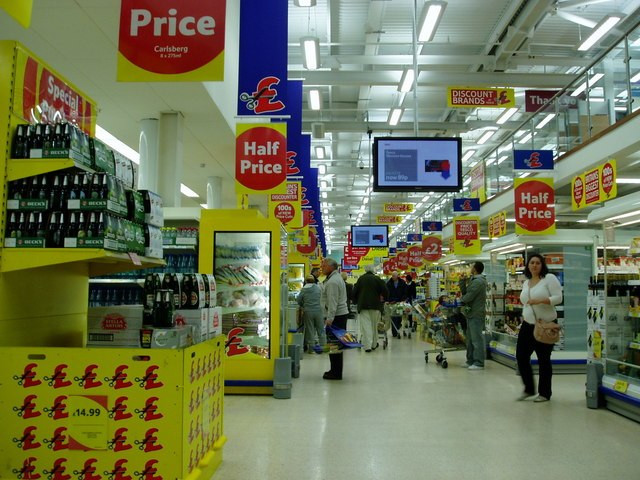UK inflation eased slightly in May but remained stubbornly above the Bank of England's 2% target, bolstering expectations that policymakers will hold interest rates steady at 4.25% during Thursday's monetary policy meeting. The Office for National Statistics reported Wednesday that the consumer price index rose 3.4% in the 12 months to May, marginally down from April's upwardly revised figure.
Economists had expected a sharper slowdown, with consensus forecasts predicting a decline to 3.3%. But a 4.4% jump in food and non-alcoholic beverage prices - particularly chocolate, jam, sugar, and meat - helped keep overall inflation elevated. Core inflation, which strips out energy, food, alcohol, and tobacco, also dipped slightly to 3.5% from 3.8%.
"Air fares fell this month, compared with a large rise at the same time last year, as the timing of Easter and school holidays affected pricing," Richard Heys, acting chief economist at the ONS, said in a statement. "Meanwhile, motor fuel costs also saw a drop."
The data came a day before the Bank of England's Monetary Policy Committee is due to announce its latest rate decision. While markets widely expect rates to remain unchanged, economists project a 25 basis point cut could come at the bank's August meeting.
"With services inflation still elevated at 4.7%, the small fall in CPI inflation from 3.5% in April to 3.4% in May won't prompt the Bank of England to deviate from its recent quarterly rate cutting path," said Ruth Gregory, deputy chief UK economist at Capital Economics. "The Bank looks nailed on to keep rates unchanged at 4.25% tomorrow."
The pound rose 0.22% to $1.345 against the dollar after the inflation print. Finance Minister Rachel Reeves said the Treasury had made "necessary choices to stabilize the public finances and get inflation under control," while acknowledging that "there's more to do."
Geopolitical risk, especially in the Middle East, continues to cloud the inflation outlook. Analysts warn that rising oil and natural gas prices could reverse recent disinflationary trends. Crude futures jumped more than 4% on Tuesday after President Donald Trump demanded an "unconditional surrender" from Iran's supreme leader, fueling fears of supply disruption.





